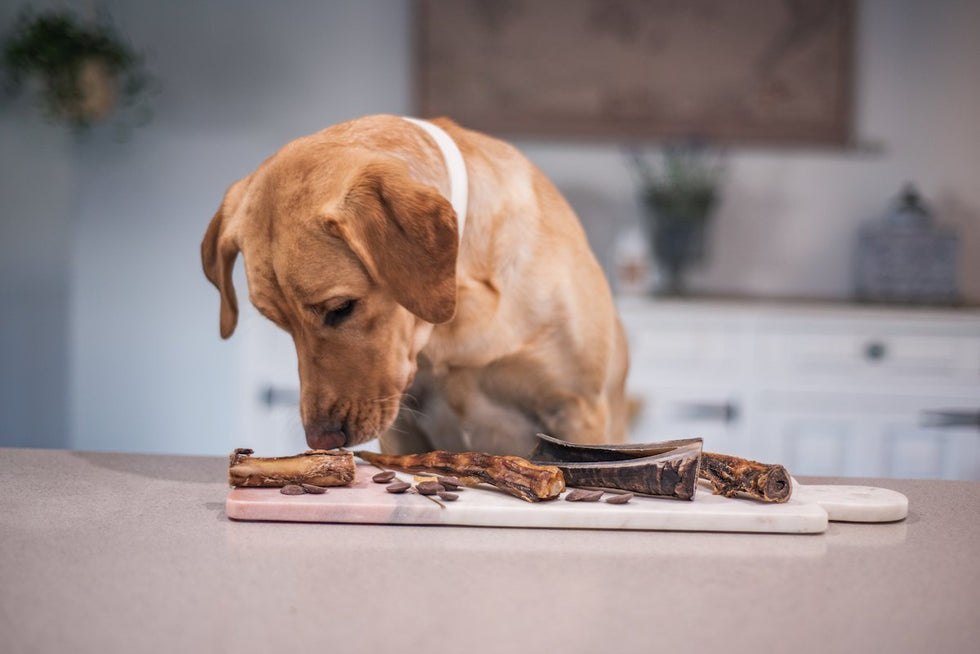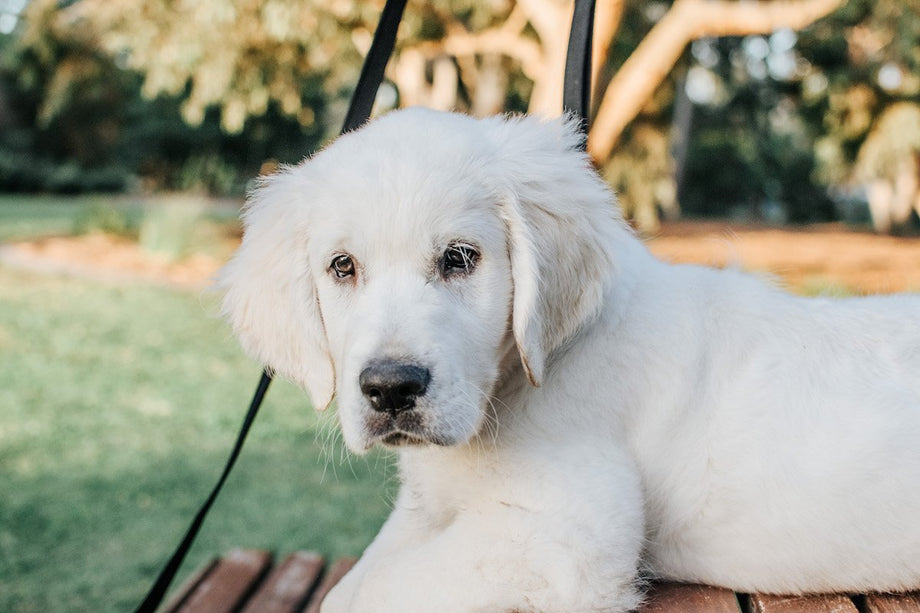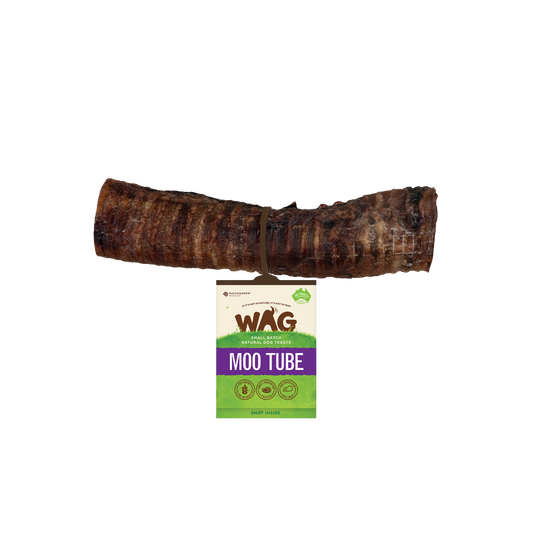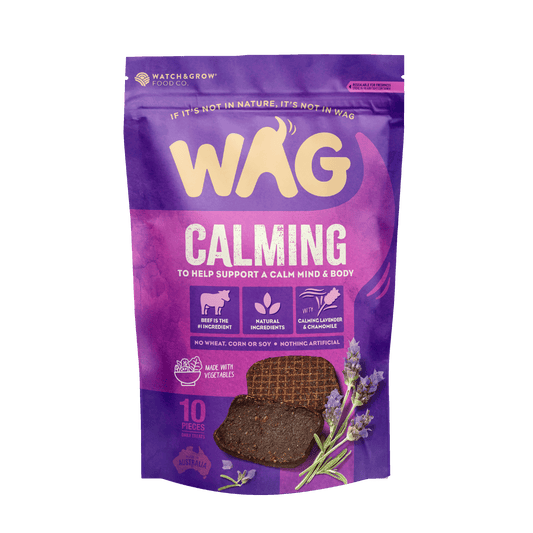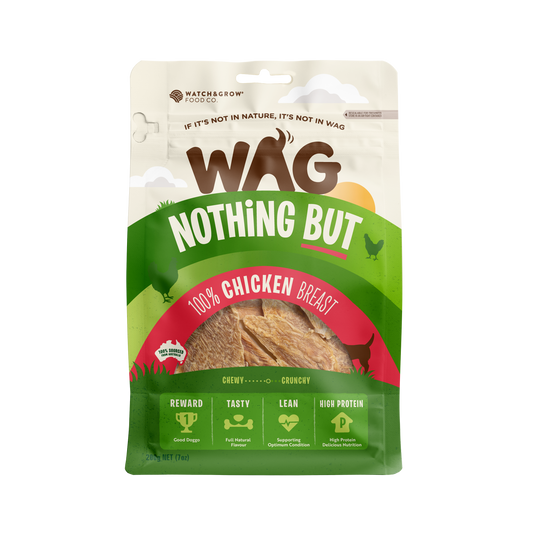2020 was an unforgettable year.
With much of the world under stay-at-home orders, and life as we know it put on indefinite ‘pause’, viral trends took over the globe. Whipped coffee, bread-baking and amateur hairdressing were just some of the fads to run rampant across social media, offering some solace to millions stuck in quarantine.
Most of these trends were relatively harmless, drifting out of the spotlight almost as quickly as they rushed into it. Teenagers grew out their bleach blonde money-pieces and tossed away their tie-dye tracksuits. Lockdown directions fluctuated up and down, brief periods of freedom sandwiched between weeks of stages three and four.
But one of the trends that swept the nation wasn’t quite so temporary: pandemic puppies.
Dog ownership surged dramatically throughout 2020, with some rescues reporting up to a 45 per cent increase in dog adoptions alone. Excited new owners reported a variety of motivations for picking the pandemic to bring their first doggo home: but overwhelmingly, working remotely (or not working at all) was one of the primary factors.
Dogs presented as a perfect iso buddy, a source of entertainment and an ever-present pal in a mentally taxing time. By common logic, more time at home meant more time to spend with a furry friend; more time bonding, training and treating; and more time to manage the prickly parts of new dog ownership, like sleepless nights and toilet training.
And in theory, this made a lot of sense. Young puppies (and freshly adopted adult doggos) can be like a full-time job – at least until they’re an appropriate age or settled enough to self-occupy.
But what many didn’t consider was what would happen in the long-term. When the ‘new COVID normal’ became less common and people returned to the workforce in droves, with less time available for the responsibilities of pet ownership.
This topic has a lot of significance to me – and not just because I’m a notorious loud-mouth when it comes to all-things canine welfare.

Story was a pandemic puppy in the way that he came home to me smack-bang in the middle of Melbourne’s stage four restrictions. He was, however, not an impulse purchase: I’d been in nearly twelve long months of talks with his breeder, bubbling over with excitement at each progesterone test, x-ray and ultrasound result they shared.
I had (and have!) huge dreams for Story. After years of watching from the sidelines, I felt ready to wade into the world of dog showing and conformation sports. He was a fabulous little puppy, both structurally and temperamentally, and now at nine months old we’ve developed a bond that I look forward to sharing for the next ten-to-twelve years.
I’ll never regret bringing Story into our lives: just the thought of our couch not being coated in his white-blonde fur makes me tear up. But do I regret bringing him home during the midst of a global pandemic, in some of the harshest lockdown restrictions around the world?
The answer is complicated.

Pandemic puppies have gotten some bad press – and for good reason.
We all know how integral socialisation is for our puppies, with the first two years being incredibly formative in the development of our adult doggos. Personally, I’ve never had a more difficult (and stressful) time socialising a puppy in my life: robbed of simple things like visiting family, puppy class and travelling outside a five kilometre radius, I had to be inventive in the ways Story witnessed the world.
For those who wade into the world of puppyhood and aren’t aware of how significant the first sixteen weeks were, the results are often dire. Combine that with coronavirus restrictions? It easily becomes a crisis.
The critical period & COVID
Almost every species in the world experiences at least one critical period. Dogs are no different.
A critical period describes a fundamental part of a puppy’s development in which what they learn, experience and see will have life-long effects. They will learn what is safe and what isn’t out in the big wide world. They’ll generally become comfortable with the things they were exposed to, and frightened (or reactive) towards the things they weren’t.
The critical period is a crucial time between eight-and-sixteen weeks where it is imperative your puppy is having as many positive, fulfilling, and stimulating experiences as possible. Without these experiences, you run the risk much higher of a doggo developing anxiety, aggression, or related behavioural issues in adulthood.
As devoted doggo owners, we’re usually quite successful with this – even if we didn’t necessarily mean it. There’s nothing quite so exciting as introducing your brand new puppy to the world: taking them to your local cafe, hauling them to family gatherings, and starting up an infinite schedule of puppy playdates. But in the time of COVID, we suddenly can’t take part in these simple pleasures: and the critical period suffers for it.
Everyday, sometimes twice, I’d bundle up Story and bring him down to the local supermarket. We’d sit on a storefront bench and watch the world go by, interacting with strangers whenever possible. While this meant Story was exposed to a wide variety of people, it also meant our encounters were almost totally out of my control.
More than once we’d have to grapple over-excited (and scary to a puppy!) children, poorly mannered doggos and people who squealed “puppy!” first and asked questions later.
While we were mostly successful, COVID restrictions meant we had some less-than-ideal encounters. And as a ten month old Golden Retriever, we’re still struggling with some minor nervousness around strangers – something completely untypical for his breed and age, and I attribute to his experiences during the critical period.
Training during coronavirus
Limits on the amount of people who could congregate inside and outdoors were strict, and practically every recreational class and activity was temporarily restricted. Puppy schools and training classes were out, and I felt their presence deeply.
For many owners, attending obedience schools or puppy preschool classes are a fabulous source of education and socialisation for their new family members. Suddenly, socialising your puppy around other dogs (both actively and passively) became much harder: as for Story, we had to rely on our small glimpses of dogs in our daily allotted exercise.
Considering how unpredictable strange doggos can be, and how essential early positive experiences are, this was far from ideal.
An integral aspect of training is teaching your puppy to keep focus under a wide variety of distractions. A doggo that has a first-grade ‘down’ in your driveway might act like they’ve never even heard the word at a dog park.
This presented as another frustrating roadblock. Not being able to travel to different locations meant the amount of novel places we could explore was hugely limited, and made building confidence (and ability to work under distraction!) in strange locations even more difficult.
It was here we discovered another unexpected consequence of COVID restrictions.
Despite driving wherever we could inside of our allotted 5km ring, we obviously couldn’t do much road tripping. Once the travel restrictions lifted and we could drive to our heart’s content, Story experienced some fresh anxiety and car sickness. Having never experienced long drives or bendy, bumpy hillside roads, it was a shock to his little system.

Saying no to separation anxiety
With all puppies, pandemic or not, it’s important to have a plan in place to train to teach your doggo to be comfortable alone.
As social creatures, it’s perfectly natural for canines to show some distress for the first few times they’re left on their lonesome. For some puppies, a little time and patience helps them pick up quickly that their owners will be coming back eventually, and there’s no need to riot about it. But for others, separation anxiety can quickly develop into a persistent (and dangerous!) behavioural issue if not treated or prevented appropriately.
The pandemic meant a perfect storm for well-meaning but uninformed new owners. With nowhere to go and many working remotely, there was much less need to leave home. The result? A generation of doggos that found it difficult to cope when left to their own devices.
Planning and preparing is a huge part of puppy-ownership, and being comfortable alone is an essential skill. In usual times, owners had the opportunity to safely confine their pup and then run down to a shopping centre; cafe; a family visit; or just running an errand. Obviously, COVID restrictions made this impossible for many.
My personal plan for preventing separation anxiety was simple, albeit much more boring than it would have been in another time.
Rather than heading out and about, letting Story learn to self-soothe on his own, much of my time was spent sitting in my car streaming Netflix on my phone. As a result, Story is perfectly content to chill out by himself, comfortable in the knowledge that we’ll eventually return to him.
Would I do it again?
Story is my bestest friend; my biggest squish; my couch cuddle companion. A life without him would be terribly dull, and I wouldn’t trade him or his great muddy footprints for the world.
But would I trade the fact that he entered our world in the middle of a pandemic? Absolutely.
Raising a puppy during a global crisis is hard. Having your training and socialisation set back despite your best efforts is hard. Months of not being able to attend classes, see friends and family or go to canine sporting events is hard. And while we’re slowly making up for the lost time, I can’t help but wonder about all those doggos who weren’t quite so lucky coming out of Coronavirus.
With 72 percent of those who brought home their first puppy during COVID considering rehoming them post-pandemic, it’s clear I wasn’t the only one who struggled.
The topic of pandemic puppies is an enigma, and something I couldn’t have fathomed writing about only 18 months ago. And even having first hand experience with a COVID dog, I still couldn’t give you an exact conclusion on whether the recent burst of dog ownership was a disaster or a blessing.
So what’s the take home message?
Raising a puppy requires extraordinary commitment, patience, dedication, planning and resiliency. Whether during a global pandemic or not, raising a good canine citizen requires work. Well behaved adult doggos are made, not born, and it’s essential to put the research in before taking on a 12-year commitment.
But if you’ve done the research, are prepared for the work, and are ready for that commitment to be paid back tenfold? Go forth and get that doggo. But maybe not in stage 4 COVID restrictions.
Try This
Ella Cameron
Head researcher
Up Next
Try It Yourself: 3 ways to get involved in doggo treating time
